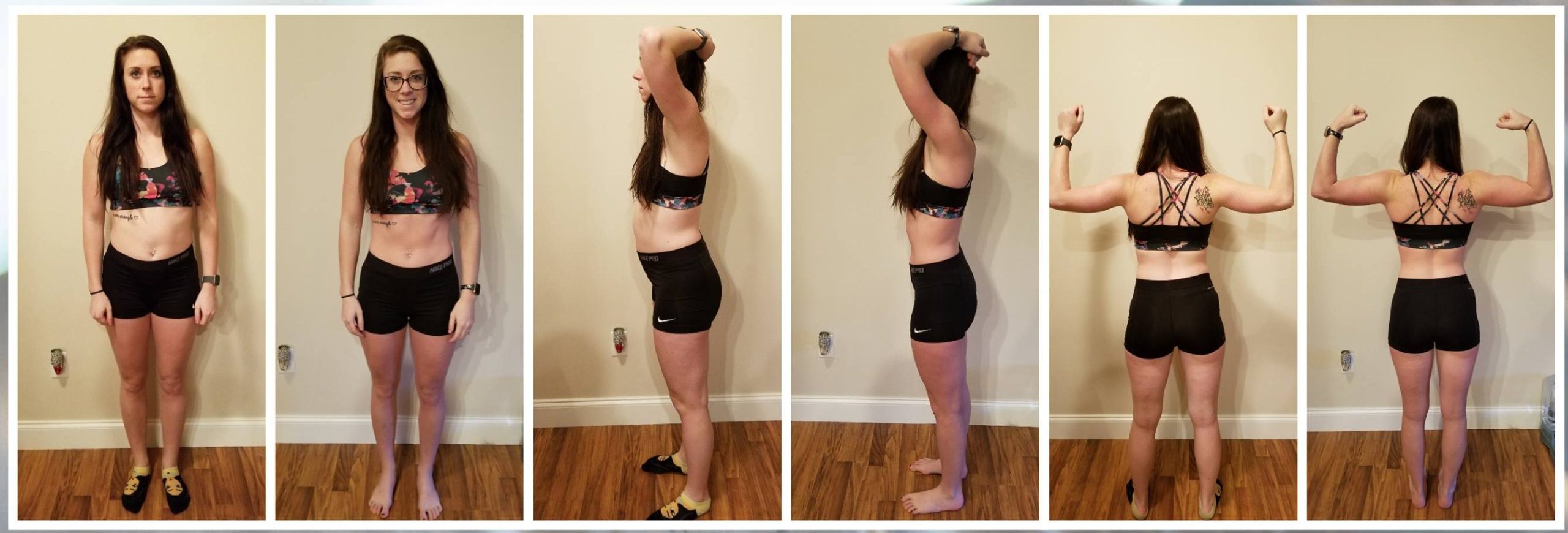Are you thinking about starting a fitness program? Good for you! You’re only five steps away from a healthier lifestyle. Engaging in regular physical activity is one of the best decisions you can make for your overall health and wellness. A well-structured fitness program can help you lose weight, improve your mood, and enhance your quality of life. Let’s break down the five steps to help you get started on your journey to better health.
1. Measure Your Fitness Level.
Before diving into a fitness routine, it’s crucial to assess your current fitness level. This step not only helps you understand where you stand but also establishes benchmarks to measure your progress. Here are some methods to evaluate your fitness:
A. Cardiovascular Fitness
Measuring your cardiovascular fitness will give you insight into your heart and lung health. You can assess this by measuring your pulse rate before and after walking 1 mile (1.6 kilometers). Record the following:
- Resting Pulse Rate: Measure your heart rate while at rest for one minute.
- Post-Exercise Pulse Rate: Take your pulse immediately after completing a mile walk or run.
B. Endurance
To assess your endurance level, time how long it takes you to walk 1 mile or run 1.5 miles (2.41 kilometers). This information will help you set realistic goals as you progress in your fitness journey.
C. Strength
Assess your muscular strength by counting how many standard or modified push-ups you can perform in one set. This exercise targets multiple muscle groups, providing a comprehensive strength assessment.
D. Flexibility
Flexibility is crucial for overall mobility and injury prevention. Test your flexibility by checking how well you can move through the full range of motion in your hips, knees, ankles, shoulders, and elbows. Simple stretching exercises can help you assess your flexibility.
E. Body Composition
Your body composition provides insight into your overall health. Measure your waist circumference just above the hipbones at about the level of the bellybutton. Additionally, calculate your body mass index (BMI) to determine if you are within a healthy weight range.
Tracking Your Progress: Write down all these metrics before starting your fitness program. Reassess them every few months to see how far you’ve come.
2. Design Your Fitness Plan.

Once you have a clear understanding of your current fitness level, it’s time to design a personalized fitness program. Here are several essential elements to consider:
A. Set Clear Fitness Goals
Define what you hope to achieve with your fitness program. Are you aiming to lose weight, build muscle, increase endurance, or prepare for a specific event like a marathon? Having specific objectives will keep you motivated and focused on your progress.
B. Create a Balanced Routine
A balanced fitness routine incorporates various types of exercises:
- Aerobic Activity: Aim for at least 150 minutes of moderate aerobic activity per week, or 75 minutes of vigorous activity. For those looking for even greater health benefits, target 300 minutes or more of moderate activity weekly.
- Strength Training: Incorporate exercises targeting all major muscle groups at least twice a week. One set of each exercise is typically enough to achieve health benefits. Use weights or resistance levels that fatigue your muscles after 12 to 15 repetitions.
- Flexibility Exercises: Include stretching or yoga sessions to improve flexibility and prevent injuries. Aim for flexibility training at least two to three times a week.
C. Progress Gradually
If you’re new to exercise, start slowly. It’s essential to build your fitness level gradually to prevent injury. Aim to increase your activity level by no more than 10% each week. If you have medical conditions or previous injuries, consult a healthcare or fitness professional before starting your program.
D. Incorporate Physical Activity into Daily Life
Finding time to exercise can be challenging, so look for opportunities to incorporate physical activity into your daily routine. Consider the following strategies:
- Schedule Exercise: Treat your workouts like appointments. Block off time in your calendar dedicated to exercise.
- Be Active During Leisure: Combine physical activity with leisure activities. For example, watch your favorite show while walking on the treadmill or read while riding a stationary bike.
E. Cross-Train
To prevent boredom and reduce the risk of injury, engage in a variety of activities. Cross-training involves participating in different forms of exercise that target various muscle groups. For instance, you might swim one day and do strength training the next. This variety not only keeps things interesting but also helps improve overall fitness.
F. Try High-Intensity Interval Training (HIIT)
HIIT workouts involve alternating between short bursts of high-intensity exercise and low-intensity recovery periods. This type of training can be highly effective for burning calories and improving cardiovascular fitness in a shorter amount of time.
G. Allow Time for Recovery
While it’s great to be enthusiastic about starting a fitness program, many people push themselves too hard at the beginning. Schedule recovery days to allow your muscles and joints time to heal and adapt to your new routine.
H. Document Your Plan
Writing down your fitness plan can increase your commitment to sticking with it. Use a planner, fitness app, or online tool to track your workouts, progress, and changes to your routine.
3. Gather Your Equipment Fitness.

To ensure you have a successful start to your fitness program, gather the necessary fitness gear and equipment:
A. Invest in Quality Footwear
Quality athletic shoes are essential for preventing injuries and enhancing performance. Choose shoes designed for the specific activity you’ll be doing. For example, running shoes are lightweight and designed for forward motion, while cross-training shoes provide more lateral support.
B. Explore Fitness Equipment
If you plan to work out at home, consider investing in versatile exercise equipment. This could include:
- Dumbbells: These can be used for various strength training exercises.
- Resistance Bands: Great for adding resistance without needing heavy weights.
- Yoga Mat: Essential for stretching, yoga, and floor exercises.
- Stability Ball: Useful for core workouts and balance training.
C. Utilize Fitness Apps and Trackers
Incorporating technology into your fitness journey can be helpful. Many apps and fitness trackers allow you to monitor your workouts, track calories burned, and keep an eye on your heart rate. This can enhance your motivation and provide accountability.
4. Get Started.

Now that you have your plan and equipment ready, it’s time to take action. Keep the following tips in mind as you begin your exercise program:
A. Start Slowly and Build Gradually
Avoid the temptation to jump into an intense workout right away. Begin with easy exercises to warm up and cool down, such as gentle walking or stretching. Gradually increase your workout duration and intensity as your fitness improves.
B. Break Up Your Workouts
If you find it challenging to dedicate a long block of time to exercise, break it into shorter sessions throughout the day. For example, you can do three 10-minute sessions instead of a single 30-minute workout. This approach makes it easier to fit activity into your busy schedule.
C. Be Creative with Activities
Variety is key to keeping your fitness routine enjoyable. In addition to traditional exercises, consider activities like:
- Group Classes: Join yoga, Pilates, or dance classes for social interaction and motivation.
- Outdoor Activities: Go for hikes, bike rides, or play sports with friends and family.
- Dance: Consider ballroom dancing or Zumba for a fun workout.
D. Listen to Your Body
Pay attention to how your body responds to exercise. If you experience pain, shortness of breath, dizziness, or nausea, stop the activity. Pushing through discomfort can lead to injury. Instead, focus on listening to your body and adjusting your routine as needed.
E. Stay Flexible
It’s normal to have off days. If you’re not feeling well or are too fatigued, take a day off to recover. It’s essential to prioritize your well-being over rigid adherence to your fitness schedule.
5. Check Your Progress.

Regularly assessing your fitness level is crucial for continued motivation and progress. Here’s how to effectively check your progress:
A. Reassess Every Six Weeks
After six weeks of your fitness program, reassess your metrics (e.g., cardiovascular fitness, strength, flexibility, and body composition). Determine what improvements you’ve made and adjust your goals accordingly.
B. Stay Motivated
If you find yourself losing motivation, don’t hesitate to set new goals or try different activities. Consider working out with a friend or joining a fitness class for added encouragement.
C. Celebrate Achievements
Recognizing your accomplishments, no matter how small, can boost your motivation. Celebrate milestones, such as completing a certain number of workouts, achieving weight loss goals, or mastering a new exercise.
Starting a fitness program is an important decision, but it doesn’t have to be overwhelming. By planning thoughtfully and pacing yourself, you can establish a healthy habit that lasts a lifetime. Remember, a commitment to regular exercise leads to better health, improved mood, and enhanced quality of life. Take the first step today, and you’ll be on your way to a healthier and happier you!










Comments (0)